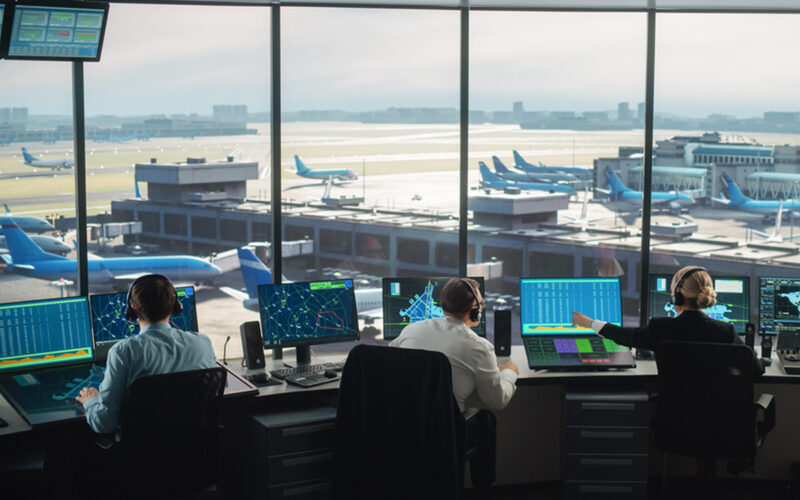Today, flying is safer than it has ever been. Regardless of whether you are in a two-seat fixed-wing training aircraft, a four-seat commercial helicopter, a single-seat microlight, or an Airbus A380 along with nearly 500 other passengers and crew, the attention paid to safety matters in aviation has never been higher.
But, as with everything, flying cannot and never will be 100% safe. While safety can be maximized within the parameters of the activity being performed, the risks involved in launching heavier-than-air objects into the sky, often with hundreds of passengers onboard, cannot ever be completely eradicated.
But what if things go wrong? Every day, aircraft of all different types and sizes experience emergency events. Some of these events may be minor, while others can endanger the safety of the airplane and everyone onboard.
That said, it’s reassuring to know that pilots undergo regular training for the most common incidences that might threaten the aircraft. Notwithstanding whether this is technical in nature or due to some other adverse event occurring during the flight, pilots are well-trained to deal with these types of events, whether they happen in the air or on the ground.
Apart from dealing with any emergency as it occurs, pilots are trained to seek assistance as soon as possible should such a situation present itself. The traditional way of communicating between aircraft and ground controllers is via VHF (Very High Frequency) radio communications. In the case of inflight emergencies, this opens up a whole new way of speaking that, to the untrained ear, may sound like a foreign language.
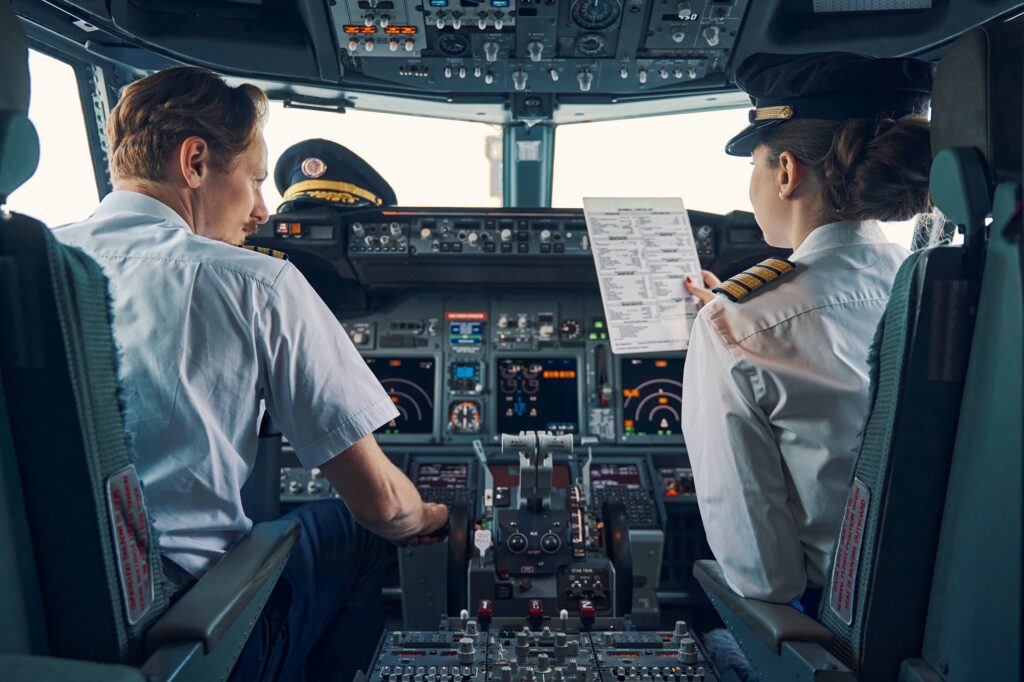
In this article, AeroTime guides you through the world of aviation distress communications, from radio messages to other ways of seeking assistance from those on the ground. So, as we depart, make sure your seat belt is tightly fastened and prepare to learn more about how pilots can convey that their flight may be encountering adverse or unforeseen issues where assistance may be required.
Aviate, navigate, communicate
It should not come as a surprise to many that the first thing pilots are trained to do should an emergency develop is keep flying their aircraft (or ‘aviate‘). Unlike the Hollywood depiction of inflight emergencies in which crews jump straight onto the radio as if that is likely to magically fix the issue, pilots are trained to maintain control of their aircraft and fly it in as normal a way as possible for as long as possible.
After all, diagnosing the issue at hand and resolving it should always take priority over simply telling someone else about it over the radio.
If the crew can maintain/regain control of their aircraft, then the next thing on the mental checklist of any aviator should be to maintain awareness of their location, heading, and altitude (or ‘navigate‘). Should the emergency event have sent the aircraft off course, then returning to that course will help the crew regain spatial awareness and return them to the flight profile that they briefed before taking off.
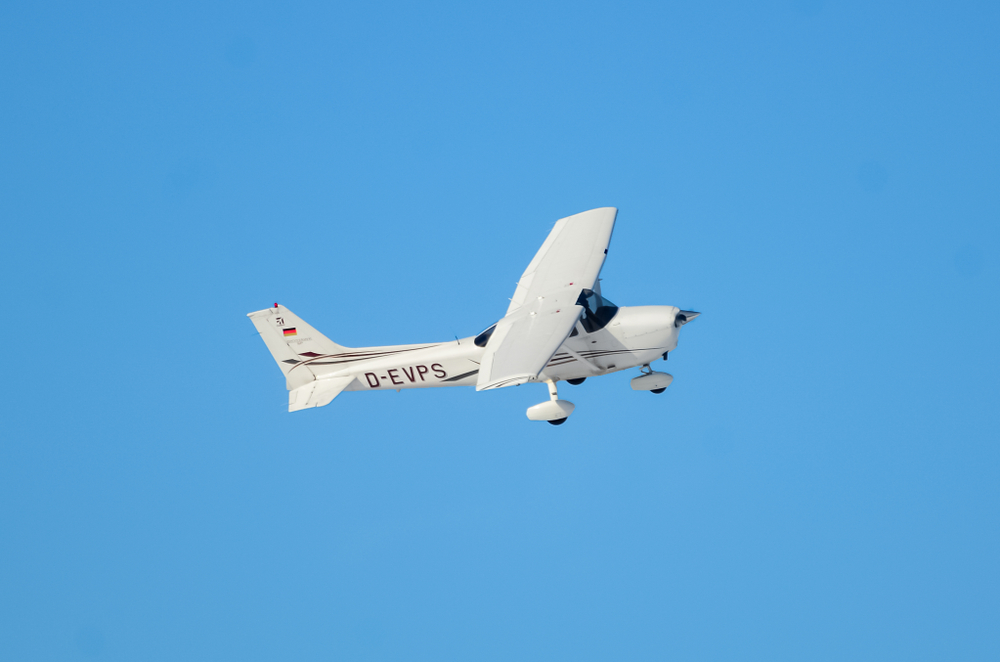
Knowing where you are, what that means for your flight and your intentions will all be important points to convey when you do communicate with anyone. Awareness of your surroundings is everything in an emergency, and with this regained, mental space is freed up to deal with the nature of the emergency itself and formulate possible solutions, often against limited time in a high-pressure situation.
With the flying of the aircraft and an awareness of your location (heading, height above the ground, and surroundings) all established, it is at this point that pilots have been trained to use the radio to send out a distress message and seek assistance from air traffic control (ATC) on the ground (or ‘communicate‘).
It should be mentioned here that aviation accidents often occur where no emergency radio calls or distress messages seem to have been issued by the crew. This is usually because they are spending what time they have available to go through the first two stages of the above procedure – aviating and navigating. After all, human nature dictates that should you find yourself in a perilous situation, primarily you try to manage the situation at hand first.

But conveying your situation to others still forms a vital link in the inflight emergency chain. Communicating what is happening may mean that someone might assist you and solve the issue, or that air traffic controllers can direct you to somewhere where you will be safe (such as a diversion airfield).
Tragically, it also may mean that rescuers know where to look for you and your aircraft should you be unable to land safely. It may also mean that accident investigators can understand what happened onboard your flight so that the same occurrence might be prevented from happening to someone else.
But how do air crews communicate in times of distress? There are two main ways that pilots can convey an inflight emergency over the radio – either a ‘Pan-Pan’ call or a ‘Mayday’ call. But what do these terms mean, and what are the differences between them?
Emergency radio transmissions
When faced with a situation onboard an aircraft that is unexpected and could affect the safety of the flight, pilots have two options to convey the gravity of their situation to ATC. The global aviation industry relies upon the use of the two key phrases mentioned above, and although they are similar in function, they are subtly different from one another in meaning.
For guidance as to the key differences, we can cite the Federal Aviation Administration (FAA), and Section 6-3-1 of its Aeronautical Information Manual (AIM), which all pilots should be aware of, and which offers guidance for distress and urgency communications:
“The initial communication, and if considered necessary, any subsequent transmissions by an aircraft in distress should begin with the signal MAYDAY, preferably repeated three times. The signal PAN-PAN should be used in the same manner for a non-critical condition.”
“Distress communications have absolute priority over all other communications, and the word MAYDAY commands radio silence on the frequency in use. Urgency communications have priority over all other communications except distress, and the word PAN-PAN warns other stations not to interfere with urgent transmissions.”
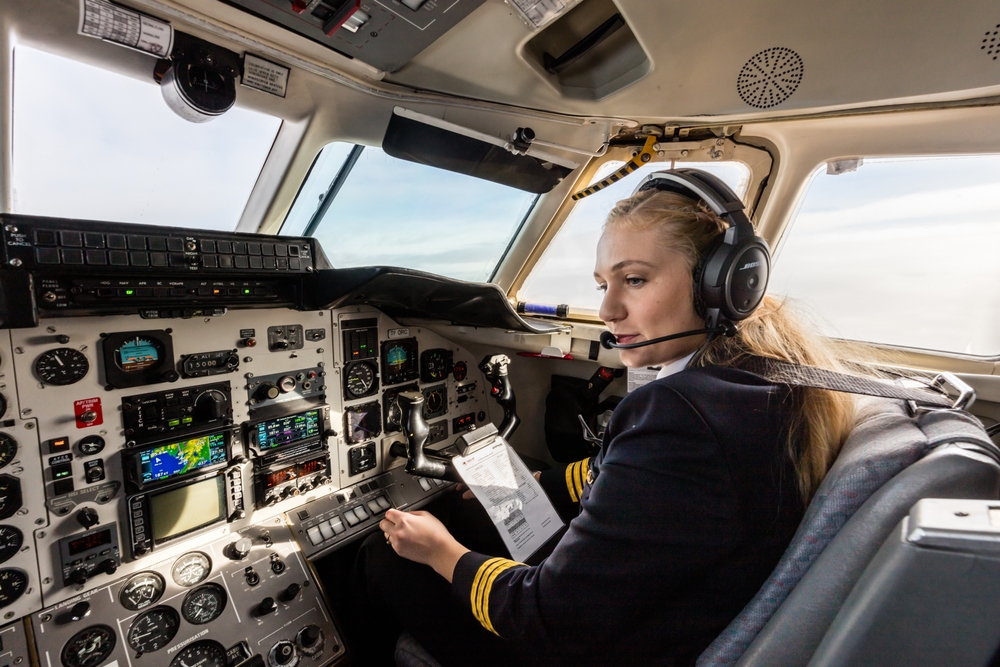
‘Pan-Pan’ (often referred to simply as a ‘PAN call’) is abbreviated from the phrase ‘Possible Assistance Needed’. A PAN call is used to communicate an urgent, but not critical, situation affecting a flight. While Mayday calls signify the crew is in immediate need of assistance, a PAN call is an indication that there is an urgent situation, but that the crew does not need any immediate assistance or intervention from ATC.
Examples of when a PAN call might be made include the loss of an instrument, a pilot becoming unwell (but not incapacitated), or a technical issue that means that the flight cannot continue and needs to divert. PAN calls signify a serious, but not life-threatening, issue onboard a flight that the crew is trying to diagnose and resolve, if possible.
The thinking behind PAN calls is so that ATC are put on notice of the issue and can offer assistance if required. PAN calls can also be upgraded to a Mayday later, should the situation escalate and become critical to the safety of the flight.
This stands in contrast to Mayday calls, named after the French phrase ‘m’aidez’ meaning ‘help me’. A Mayday call signifies an urgent emergency that is immediately impacting the safety of the flight and those on board. Examples of this could include the loss of an engine on a twin-engine aircraft, pilot incapacitation, or a fire (or suspected fire) somewhere on the aircraft.
Mayday calls immediately draw the attention of ATC, which can offer solutions and advice such as the nearest diversion airfield if an emergency landing is required. It can also clear other air traffic below the affected aircraft so that it gets priority to where it needs to go and can also summon airport fire and rescue services and medical assistance to meet the aircraft upon its arrival, should it be required.
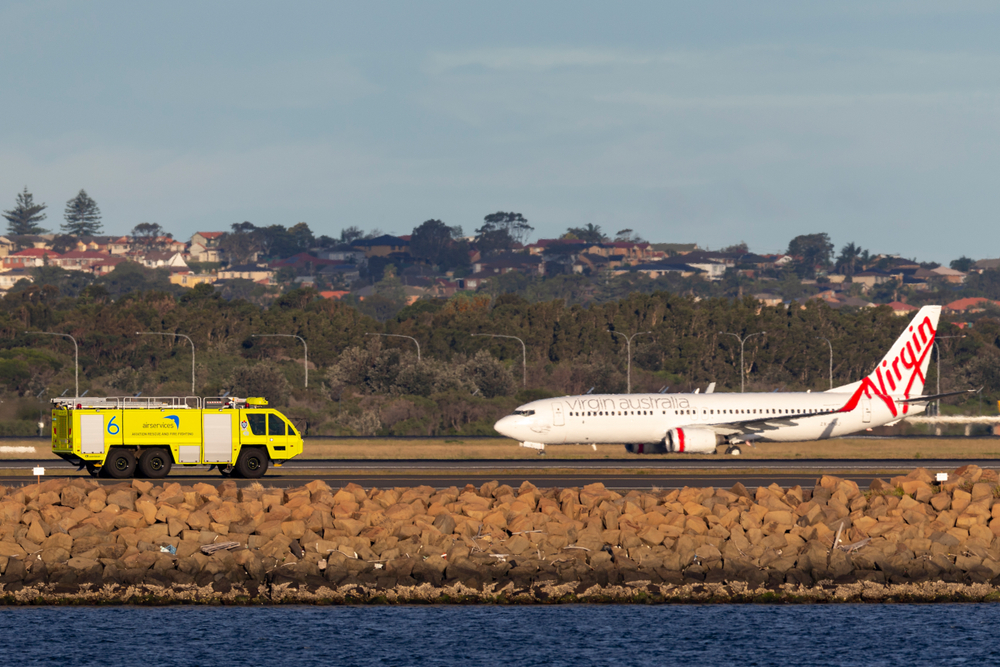
If the handling ATC center is unable to assist, the crew will be handed over to another center but only if that alternative center can offer more assistance.
All other stations (aircraft and ground) will continue to ‘listen only’ to the frequency of the Mayday call until it is evident that assistance is being provided. If any station becomes aware that the station being called has either not received a distress or urgency message, or else cannot communicate with the aircraft in difficulty, it will attempt to contact the aircraft and act as a relay to ATC services on the ground.
What information should emergency transmissions include?
In terms of the information that a PAN call or Mayday call should consist of, the AIM has set out a list for pilots. However, recognizing that such calls are only made in situations of high stress and high workload for pilots, this list is advisory only. However, pilots are recommended to include as many of the following elements as necessary:
- If urgent, start with ‘Pan-pan, pan-pan, pan-pan’. If critical and in immediate distress, use ‘Mayday, mayday, mayday’.
- The identity of the station being called.
- The identity of aircraft calling (normally either aircraft registration or flight number) and aircraft type.
- Nature of emergency and level of distress/urgency.
- Weather report (if applicable).
- Pilot’s intentions and the nature of assistance required.
- Present position, and heading; or if lost, last known position, time, and heading since that position.
- Current altitude of flight level.
- Fuel remaining in minutes.
- Number of persons on board (POB) or ‘souls on board’ (SOB) – see below.
11. Any other useful information.
In addition to the above, the AIM advises that flight crews in a distress condition where a bailout, crash landing, or water ditching is imminent should convey the following additional information to assist search and rescue units:
- Emergency Locator Transmitter (ELT) status – available onboard?
- Any visible landmarks.
- Aircraft external color.
- Emergency equipment onboard such as life rafts or life vests.
In the video below, a Thomsonfly (now TUI UK) Boeing 757-200 suffers a birdstrike on departure from Manchester Airport (MAN). The crew almost immediately makes a Mayday call to ATC before shutting down the damaged engine and making a swift return to land back at the airport. Note the use of the ‘Mayday‘ prefix before the flight number over the radio to identify the aircraft in distress and the pilot conveying their intentions clearly having dealt with the engine failure.
Persons onboard (POB) versus souls onboard (SOB)
It used to be common aviation parlance to refer to the number of persons onboard an aircraft over the radio using the phrase ‘souls on board’ or ‘SOB’. This would include all members of the crew, any other company staff traveling on jump seats, and the total number of passengers onboard as a single total number.
The use of ‘SOB’ was an old aviation tradition, harking back to the days when flying took much of its lead from maritime operations. During the 18th century, when shipping was perilous and many ships were lost at sea, authorities at the time would presume all onboard would have perished if a ship sank, hence the use of the rather archaic and pessimistic term ‘souls’.
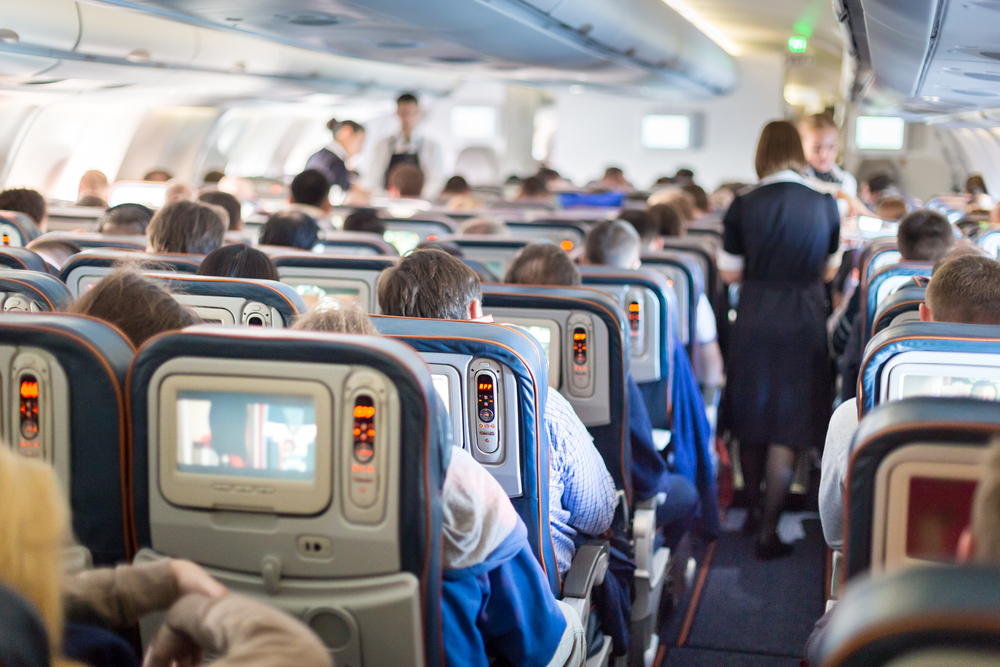
Although the term is still heard in aviation on rare occasions, according to the FAA, the correct modern terminology to be used in radio communications with ATC is ‘people on board’, or ‘POB’. The switch from ‘SOB’ was officially made during the 1980s.
Despite this, ATC controllers sometimes continue to use the term ‘souls’ when communicating with aircraft. On occasions when the phrase ‘souls on board’ is still used, it is often in the context of referring to the number of persons who might have died in an aircraft accident (and hence how many bodies rescuers might be searching for).
What are the international guard frequencies?
There may of course be certain scenarios where a crew in distress is unable to reach ATC. Such scenarios may include being out of an area covered by VHF radio, or issues caused by geography/topography or meteorological conditions. Should an aircraft make either a PAN call or a Mayday call and it goes unanswered, pilots can resort to using a VHF guard frequency.
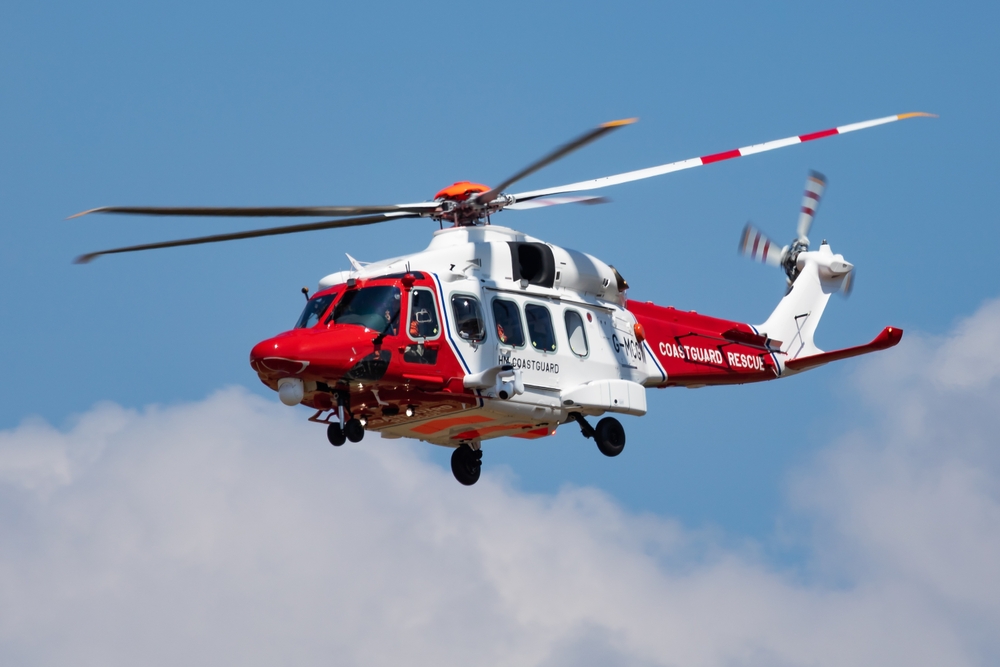
Using the standard and internationally recognized frequency of 121.500 MHz (or 243.000 MHz for military aircraft), pilots can transmit their distress call over this frequency, which is generally monitored by all ATC centers as well as other organizations such as the Coast Guard, search and rescue coordinating stations, the military, and other aircraft (if equipped with two radios).
The availability of this backup facility ensures that any aircraft in distress can get the help it needs at any time of the day or night, regardless of where it might be.
But what happens if the radio fails?
So far, the contents of this article have relied on the aircraft radio (or radios) being serviceable and able to transmit verbal messages via VHF to ATC. But what happens if this is not the case and the radio onboard is no longer working?
Nearly all aircraft are fitted with a piece of equipment called a transponder. An aircraft’s transponder (short for ‘transmitter-responder’) is an electronic device on an aircraft that transmits a four-digit code (commonly referred to as a ‘squawk code’) which allows the aircraft to be identified by ATC. Squawk codes are 4-digit octal numbers from 0 to 7, resulting in 4096 possible codes at any given time. The assigned code will be unique to one particular aircraft and no other in that ATC area (or ‘flight information region‘).
Not only does the transponder transmit this squark code, which is assigned and conveyed to pilots by radio message, but also altitude information to the ATC. Both pieces of information appear on the air traffic controller’s radar screen alongside the radar return, or ‘blip’ for that particular aircraft. Radar is primarily used for aircraft separation reasons, but the data is also useful in case an aircraft has an accident, and can subsequently be interrogated by investigators to decipher what might have happened to it.
However, the transponder can have another use. If an aircraft’s radio fails, or the pilot is unable to use the radio for other reasons, then a pilot can use one of three specially designated and internationally recognized codes to alert ATC as to the nature of the issue. The three codes in question are 7500, 7600, and 7700.

The first of these (7500) is used to indicate that the aircraft has been hijacked. Pilots can discretely select this code on the transponder if they are being prevented from using the conventional VHF radio by a hijacker. This can alert ATC to the situation, who can then inform the authorities and ready resources if required. It is well known that the crew on at least one of the aircraft involved in the 9/11 hijackings covertly used the 7500 squark code to advise ATC what was happening.
7600 is the transponder code used for radio or communications failure. Pilots can enter this code into their transponder to tell ATC that their aircraft cannot communicate verbally with them.
Once notified of a radio failure, ATC can respond by informing other nearby aircraft of the failure situation and instructing them to look out for the plane experiencing communication failure and avoid potential collisions.
Meanwhile, when experiencing radio failures, once 7600 is selected on the transponder, pilots are trained to keep a visual look-out for any conflicting traffic and to turn on their external lights, to follow the ‘see and be seen’ rule. They will usually navigate their own way to the nearest airfield and land with extreme caution.
Lastly, 7700 is used for emergencies that would warrant a PAN call at least, and possibly a Mayday call. The code signifies an aircraft in distress and in need of assistance. Even if the radio is working, pilots often select 7700 so that it is highlighted on ATC radar screens for controllers to clear other airplanes out of the way and give the aircraft in distress priority service to get them to safety. Then three emergency squark codes are often learned by pilots using the following phrases –
- 7500 (Hijacking): “Seven-five, taken alive” or “Seven-five, letting the other guy drive.”
- 7600 (Radio not working): “Seven-six, in a fix” or “Seven-six, the plane needs a fix.”
- 7700 (All other critical emergencies): “Seven-seven, going to heaven.”
Summary
Onboard any flight, regardless of the size of the aircraft involved or the number of passengers being carried, every pilot will be aware of the above procedures, having been taught them during their very first days at flight school. Moreover, each pilot should remind themselves regularly of the contents of the two types of radio emergency transmissions. Although very seldom needed, it is essential to have the knowledge of them close at hand, should an adverse event occur.
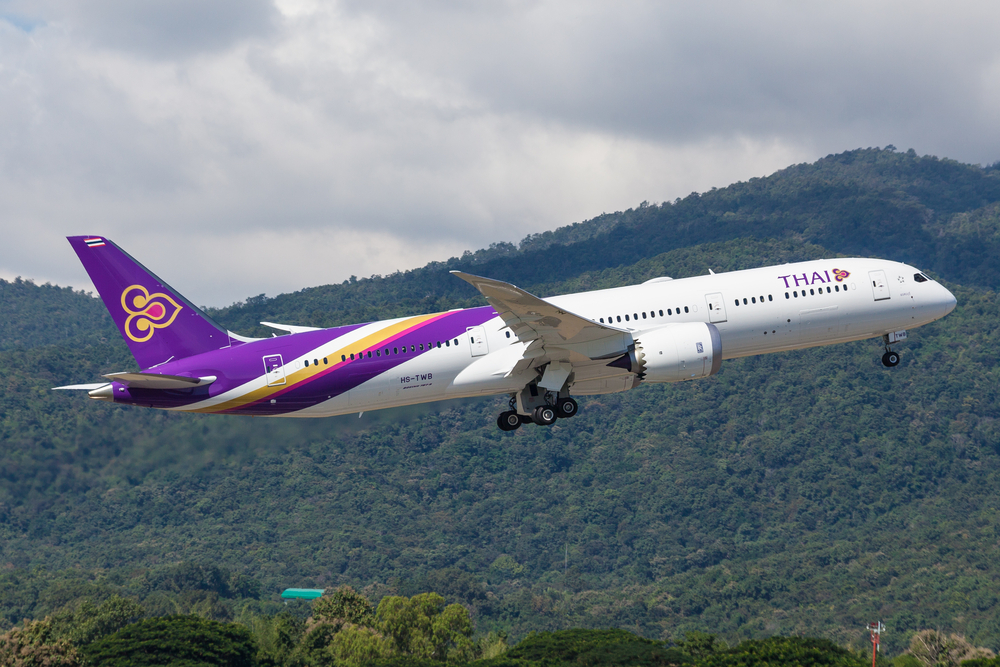
But with all that said, inflight emergencies are extremely rare. IATA’s 2023 Annual Safety Report for Global Aviation revealed several ‘best-ever’ results achieved during the year. Although there were 37 million aircraft movements in 2023 (jet and turboprop), a 17% increase over 2022, there were no hull losses or fatal accidents involving passenger jet aircraft. There was one single fatal accident involving a turboprop aircraft, resulting in 72 fatalities.
Although flying in the modern age is extremely safe, it is always good to know that there are procedures in place should your next flight not go quite according to plan.

